Optimal Timing for Concrete Installations
Choosing the right time for concrete installations is essential to ensure durability and quality. The ideal period typically depends on weather conditions, temperature, and humidity levels. Proper timing minimizes the risk of cracking, uneven curing, and other issues that can compromise the structural integrity of the concrete.
Spring and fall are generally favorable for concrete installations due to moderate temperatures and lower humidity levels, which promote proper curing.
Concrete should be poured when temperatures are between 50°F and 85°F. Extreme heat or cold can affect setting times and strength development.
Rain and high humidity can delay curing and lead to surface defects. Dry, stable weather conditions are preferred for optimal results.
Planning concrete work during months with predictable weather patterns helps avoid delays and ensures consistent quality.
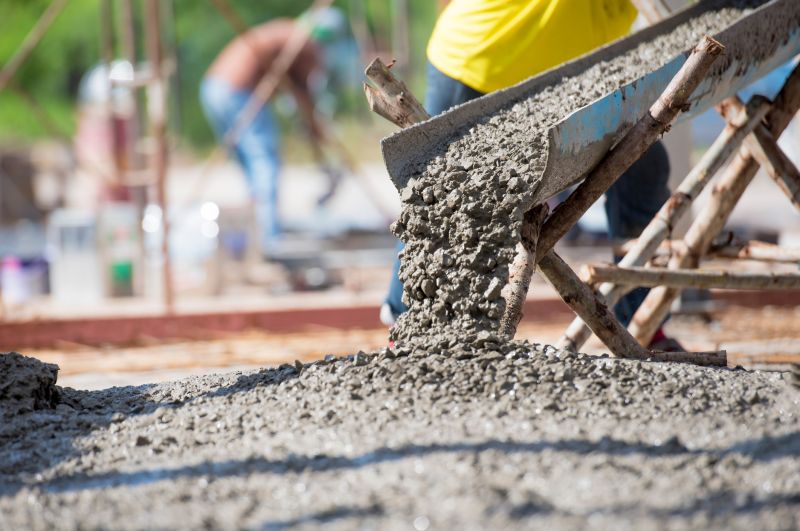
A crew pouring concrete during a mild spring day, ideal for curing and setting.
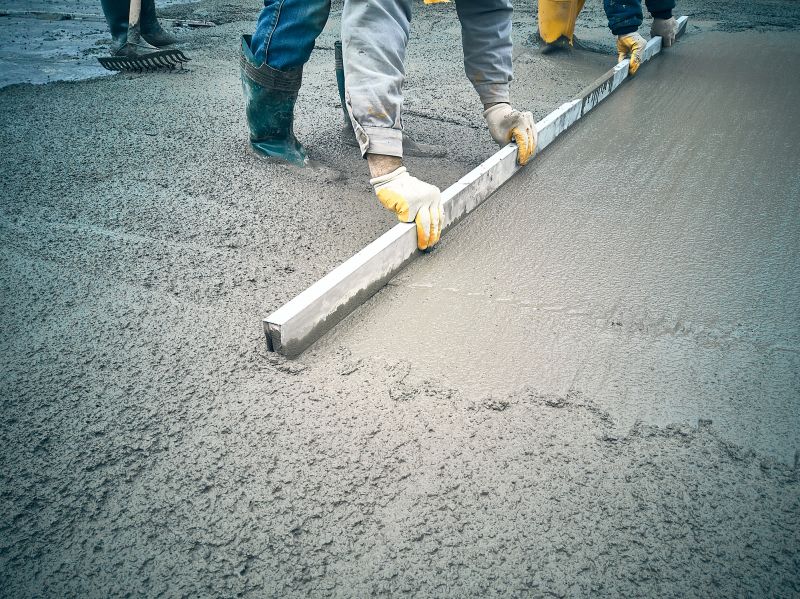
Concrete being poured during warm weather with proper shading and curing measures.

Preparation for concrete installation in autumn, with optimal weather conditions for curing.

Ways to make Concrete Installations work in tight or awkward layouts.
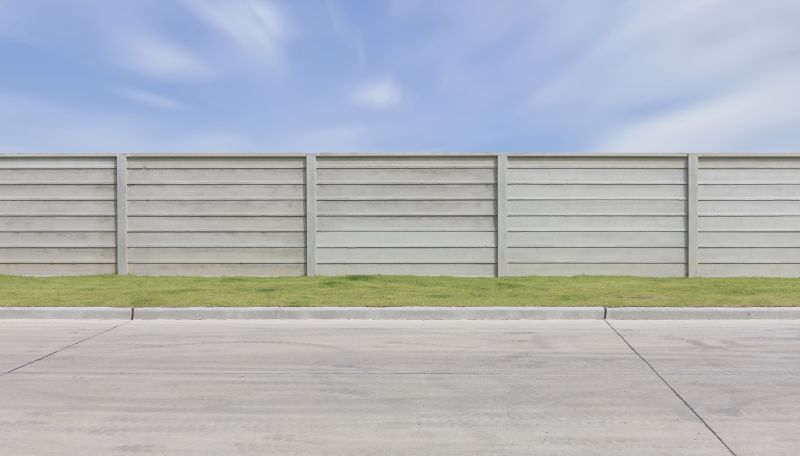
Popular materials for Concrete Installations and why they hold up over time.
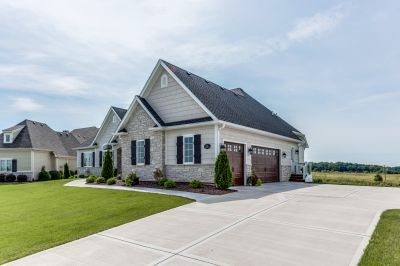
Simple add-ons that improve Concrete Installations without blowing the budget.
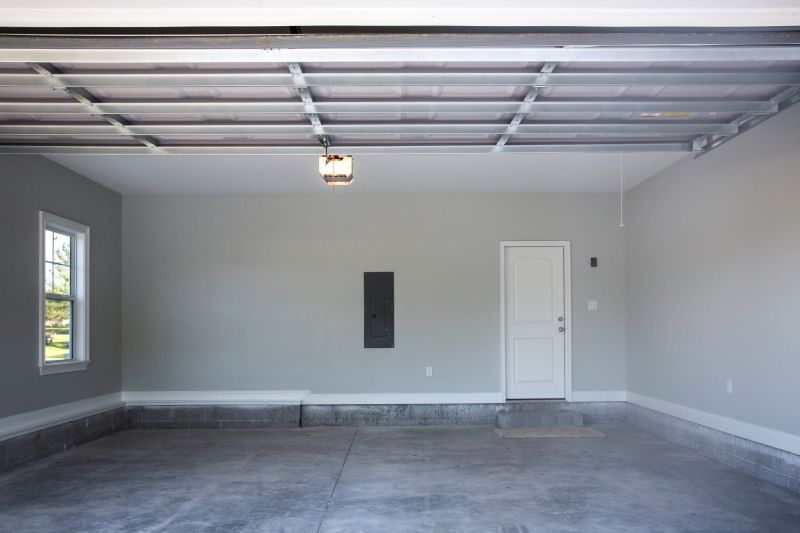
High-end options that actually feel worth it for Concrete Installations.
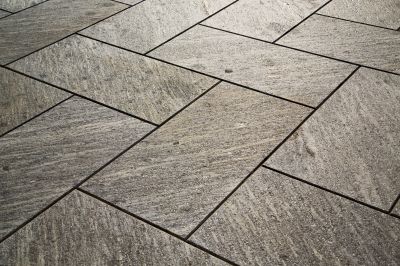
Finishes and colors that play nicely with Concrete Installations.
| Season | Ideal Temperature Range |
|---|---|
| Spring | 50°F to 70°F |
| Summer | 70°F to 85°F |
| Fall | 50°F to 70°F |
| Winter | Above 40°F with precautions |
| Rainy Months | Avoid unless protected |
Concrete installations require careful planning to match environmental conditions. Proper timing ensures optimal curing, reduces the risk of cracking, and enhances the longevity of the structure. Weather patterns and temperature fluctuations are critical factors influencing the success of each project.
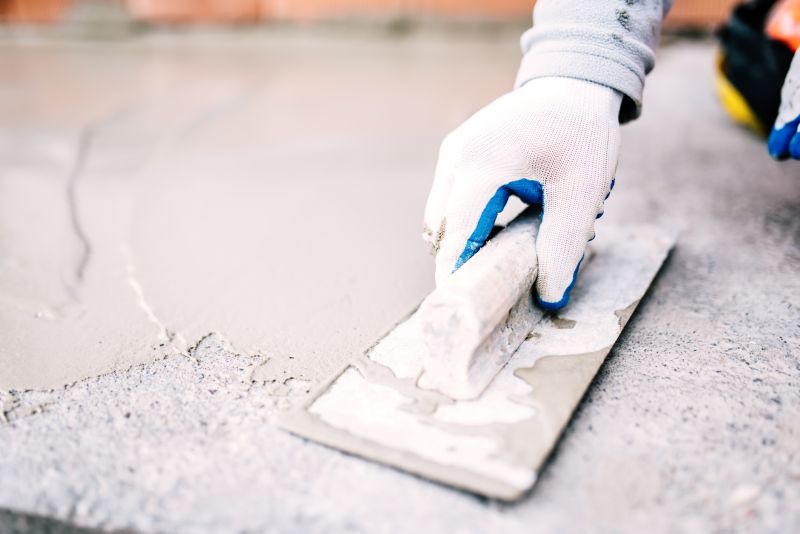
A close-up of curing blankets used to maintain moisture during the curing process.
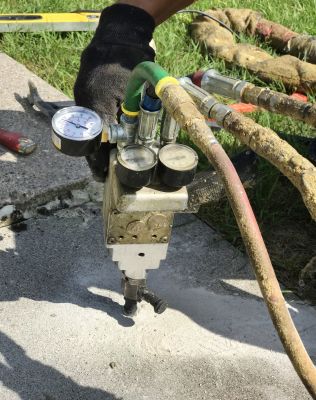
Tools used to monitor weather conditions before pouring concrete.
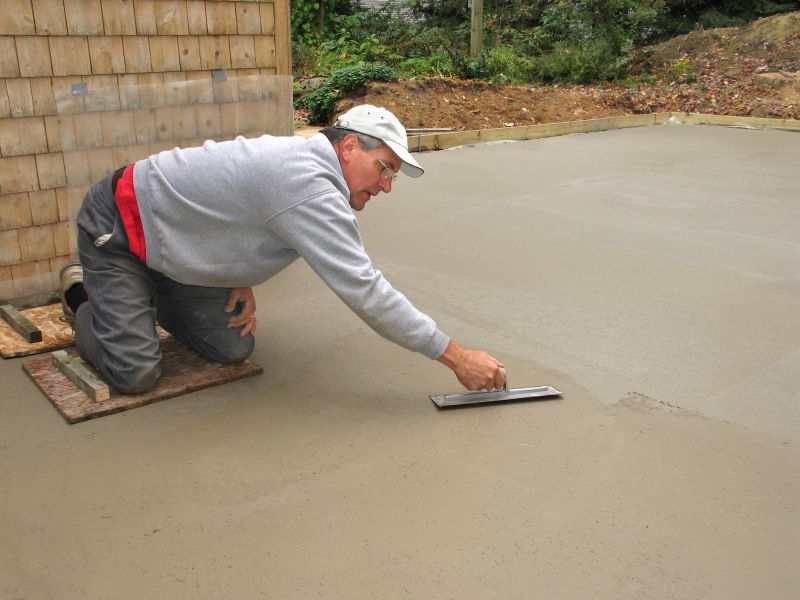
A planner showing weather forecasts and project timelines.

A large-scale concrete pour during optimal weather conditions.
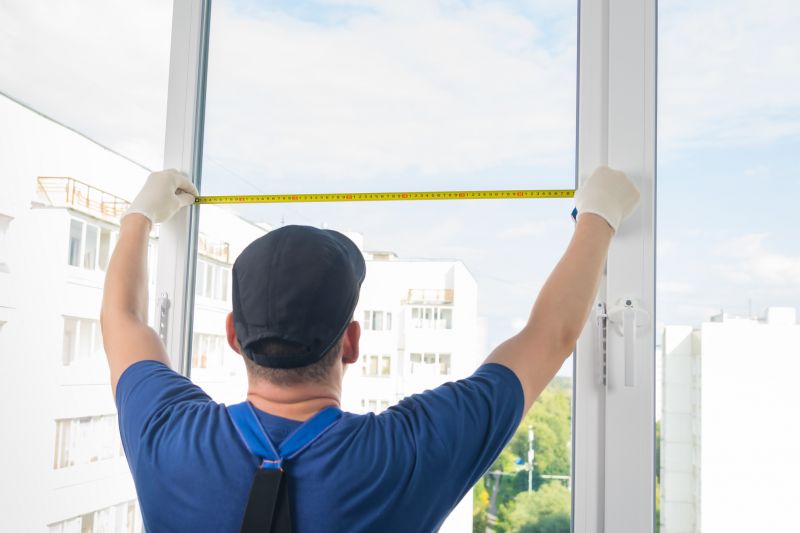
Little measurements that prevent headaches on Concrete Installations day.
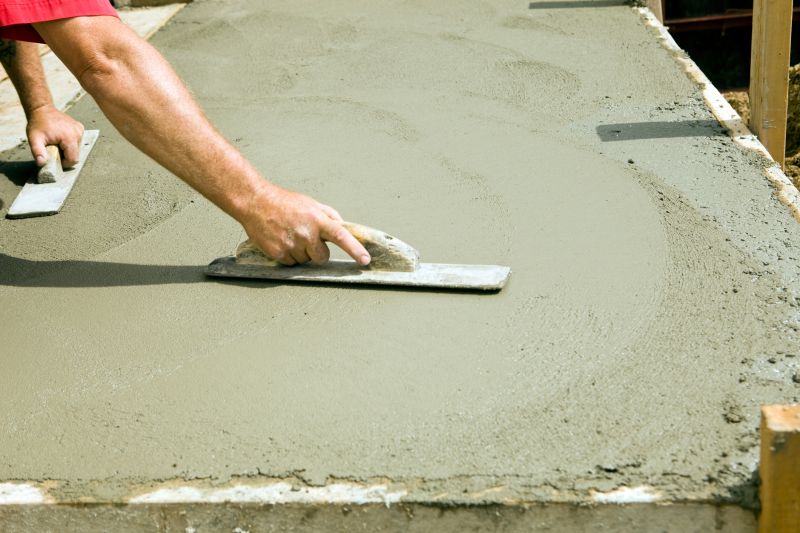
A 60-second routine that keeps Concrete Installations looking new.
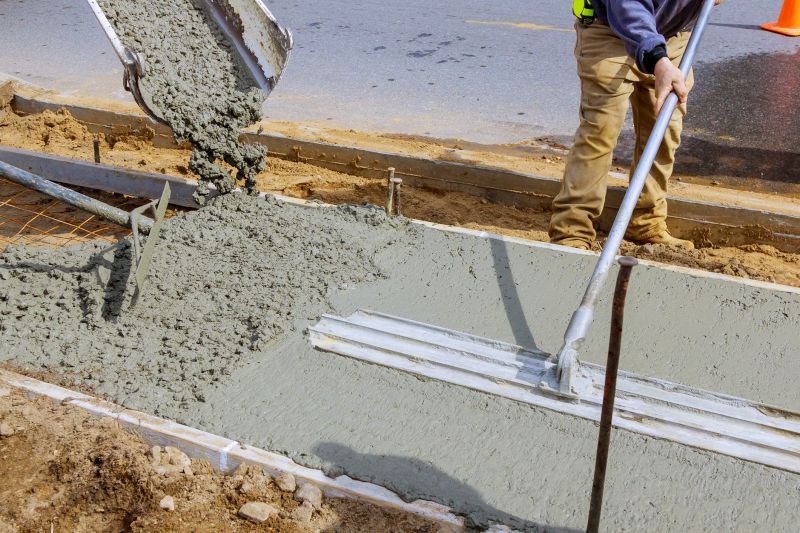
A frequent mistake in Concrete Installations and how to dodge it.
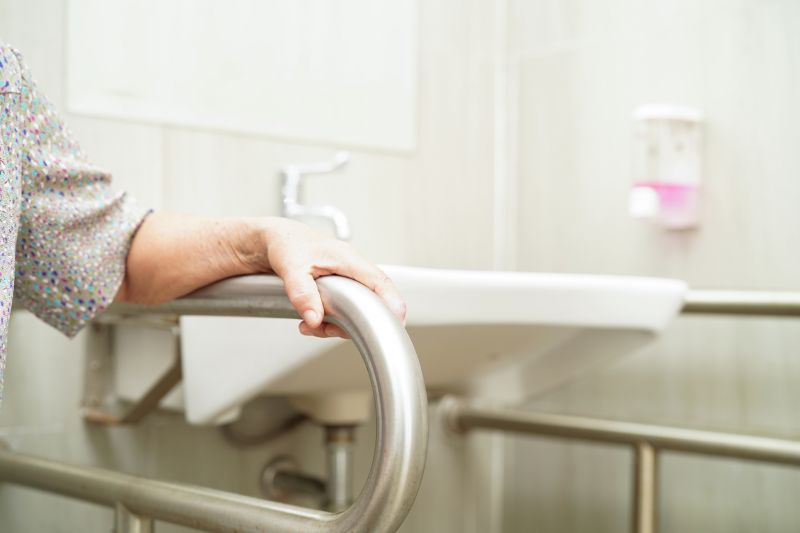
Small tweaks to make Concrete Installations safer and easier to use.
Understanding the best timing for concrete installations enhances project outcomes and minimizes issues related to improper curing. Proper environmental assessment and planning are key to successful concrete work in Merritt Island, FL.
Interested in scheduling a concrete project? Fill out the contact form to discuss options and timing.

